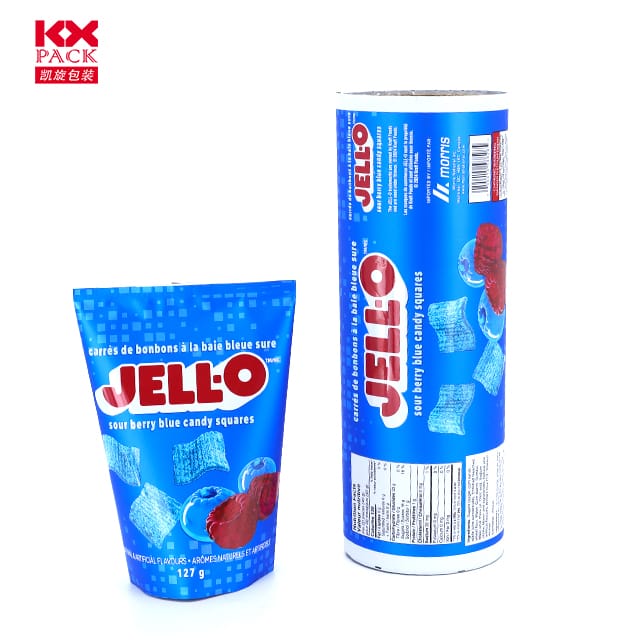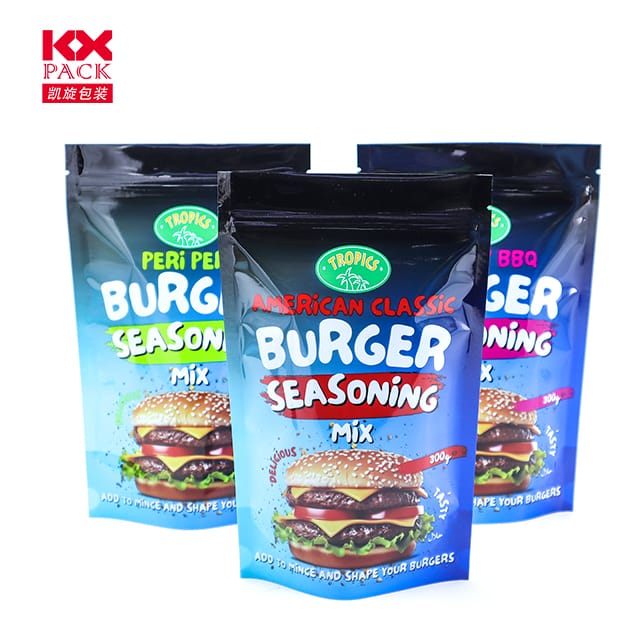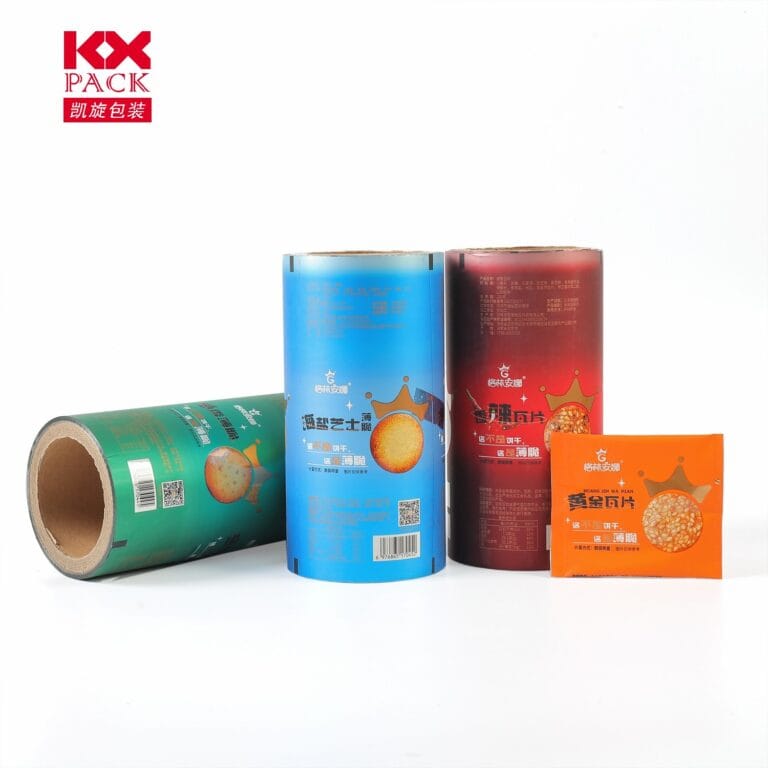Plastfilm i matkvalitet: En guide till säkerhet, Hållbarhet, och smart användning i köket
Plastfilm i matkvalitet
Plastfilm i matkvalitet
In modern kitchens, food grade plastic film—commonly known as cling wrap, förslagsslag, eller matomslag - är en häftklammer för att bevara friskhet, förhindrar spill, och förpackningsrester. Men med växande oro över plastsäkerhet och miljöpåverkan, både konsumenter och företag tänker om hur de använder detta mångsidiga material. Whether you’re wrapping sandwiches, marinera kött, or storing produce, here’s everything you need to know about food grade plastic film, from safety standards to eco-friendly alternatives.
1. What Makes Plastic Film “Food Grade”?
Not all plastics are created equal.Food grade plastic film is specifically manufactured to meet strict safety regulations that ensure it won’t leach harmful chemicals into food or beverages. Key characteristics include:
- Non-Toxic Materials: Made from plastics like polyetylen (PE) eller polyvinylidene chloride (Pvdc), which are stable and resistant to acids, oils, and moisture.
- Compliance with Standards: Certified by agencies like the FDA (U.S. Food and Drug Administration) eller EFSA (European Food Safety Authority) for direct contact with food.
- Heat Resistance: Some films are microwave-safe (check labels!) for reheating meals without melting or warping.
2. Common Uses of Food Grade Plastic Film
From home cooks to commercial kitchens, this material serves multiple purposes:
- Preserving Freshness: Wrap fruits, grönsaker, or cheese to extend shelf life and prevent oxidation.
- Marinating Meats: Create airtight seals to infuse flavors without messy spills.
- Sous-Vide Cooking: Use with vacuum-sealed bags or compatible films for precise temperature control.
- Covering Dishes: Protect bowls of salad or dough from dust and insects.
- Portion Control: Package individual servings for meal prep or on-the-go snacks.
3. Safety Concerns: Is Plastic Film Safe?
While food grade plastics are generally safe, misuse can pose risks:
- Avoid High Heat: Never use non-microwave-safe film in ovens or grills, as it may release toxic fumes.
- Skip the Plastic-on-Plastic: Don’t wrap fatty or oily foods in low-quality films for long periods, as chemicals like ftalater eller Bpa (in older plastics) might leach (though modern food-grade films are typically BPA-free).
- Check Labels: Look for phrases like “microwave-safe,” “FDA-approved,” or “PVDC-free” (for eco-conscious choices).
4. Environmental Impact: The Push for Sustainable Alternatives
Plastic waste is a global crisis, and traditional cling wrap contributes to the problem. Here’s how the industry is adapting:
A. Biologiskt nedbrytbara och komposterbara filmer
- Made from plant-based materials like cornstarch, cellulosa, eller sockerrör, these films break down naturally in compost facilities.
- Example Brands: Biobag, Tipa, and If You Care offer certified compostable wraps.
B. Reusable Options
- Bivaxomslag: Cotton fabric coated in beeswax, jojobaolja, and resin—reusable for up to a year.
- Silikonmat täcker: Hållbar, dishwasher-safe, and airtight for bowls and containers.
- Glass or Stainless Steel Containers: Zero-waste storage for leftovers and meal prep.
C. Recyclable Plastics
- Some PE-based films can be recycled with plastic bags at participating grocery stores (though recycling rates remain low).
5. How to Choose the Right Food Grade Plastic Film
Consider these factors when shopping:
- Tjocklek: Thicker films (TILL EXEMPEL., 12–15 microns) are more durable for heavy-duty use.
- Clinginess: High-cling films stick better to surfaces, reducing waste from loose wraps.
- Width and Length: Opt for rolls that match your needs (TILL EXEMPEL., narrow rolls for sandwiches, wide rolls for covering dishes).
- Eco-Certifications: Look for logos like OK Compost eller TÜV Austria for biodegradable claims.
6. Top Brands Leading the Way
- Glad ClingWrap: A household name with BPA-free, microwave-safe options.
- Saran Premium Wrap: Known for its ultra-strong cling and puncture resistance.
- Stretch-Tite: A commercial-grade film favored by caterers for its length and value.
- Eco-Friendly Picks:
- Abeego: Beeswax wraps in fun patterns.
- Stasher: Reusable silicone bags in multiple sizes.
7. Tips for Reducing Plastic Waste in the Kitchen
- Meal Prep Smartly: Use glass containers instead of wrapping individual portions.
- Buy in Bulk: Store dry goods like grains or nuts in reusable jars to minimize packaging.
- DIY Beeswax Wraps: Make your own using cotton fabric, beeswax pellets, and an iron.
- Compost Scraps: Use biodegradable films for food waste that can’t be avoided.
8. The Future of Food Grade Plastic Film
Innovation is driving sustainable solutions:
- Ätliga filmer: Gjord av tång eller stärkelse, these wraps are safe to consume (though still niche).
- Smart förpackning: Films embedded with sensors to monitor food freshness in real time.
- Algae-Based Plastics: A renewable alternative to petroleum-based materials.
Slutsats
Food grade plastic film remains a convenient tool for keeping food safe and fresh, but its environmental footprint demands mindful usage. By opting for certified safe products, exploring reusable alternatives, and supporting eco-friendly brands, you can protect both your health and the planet.
What’s your go-to method for storing leftovers? Share your tips or favorite sustainable swaps in the comments below—and let’s inspire each other to ditch the plastic! 🌱🍴
Pro Tip: Store plastic film rolls in the fridge to reduce static cling and make them easier to handle!







